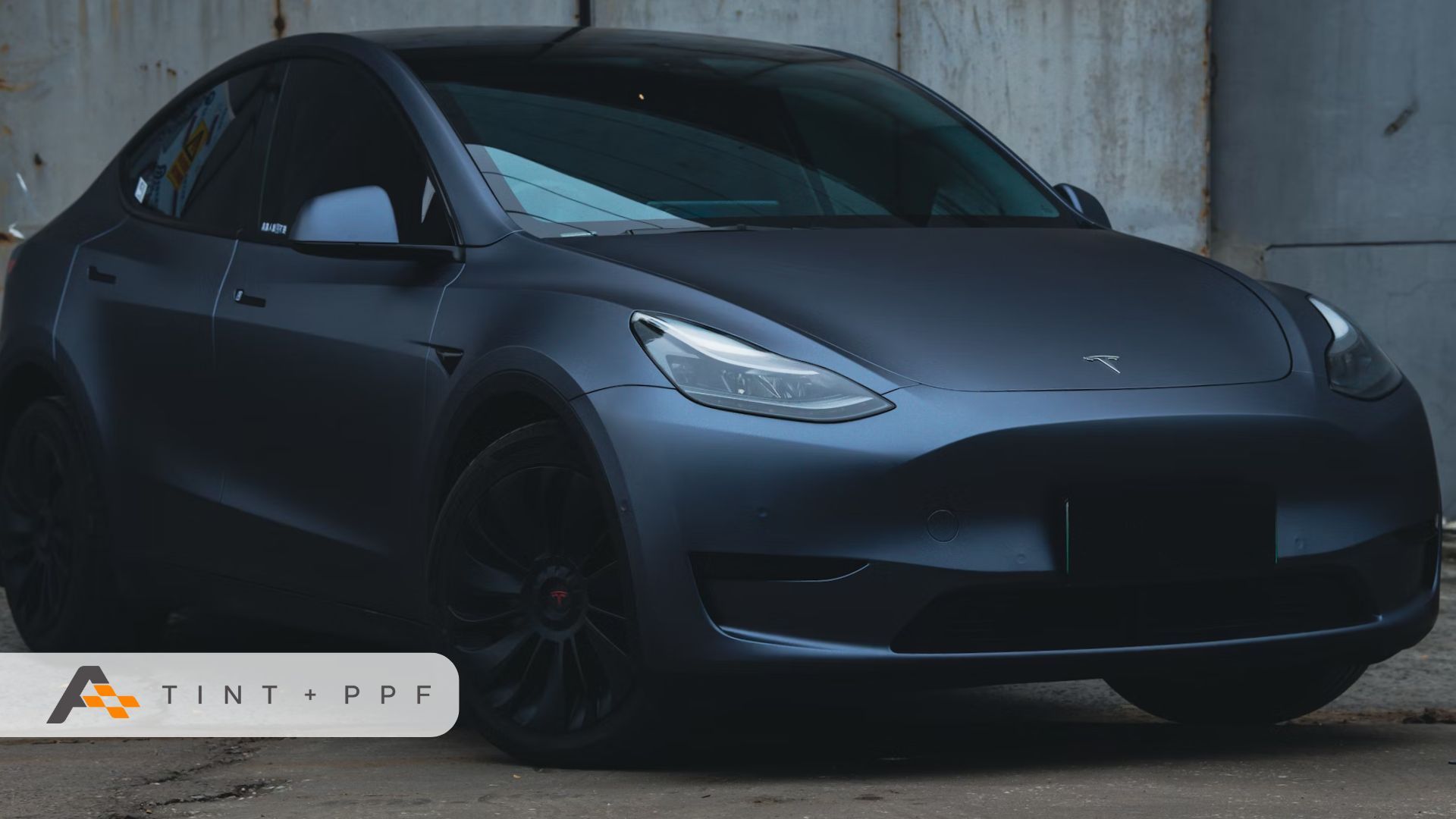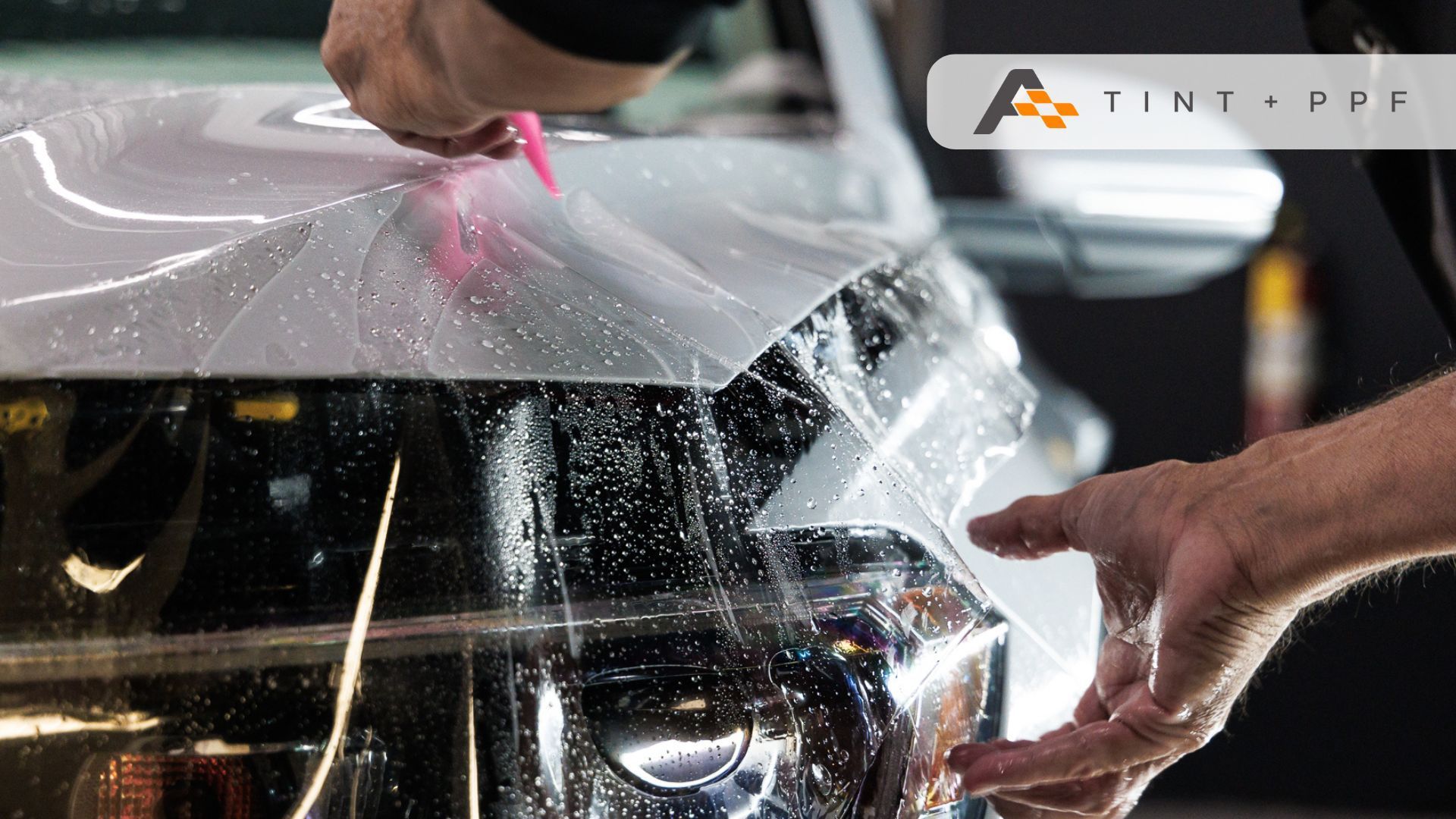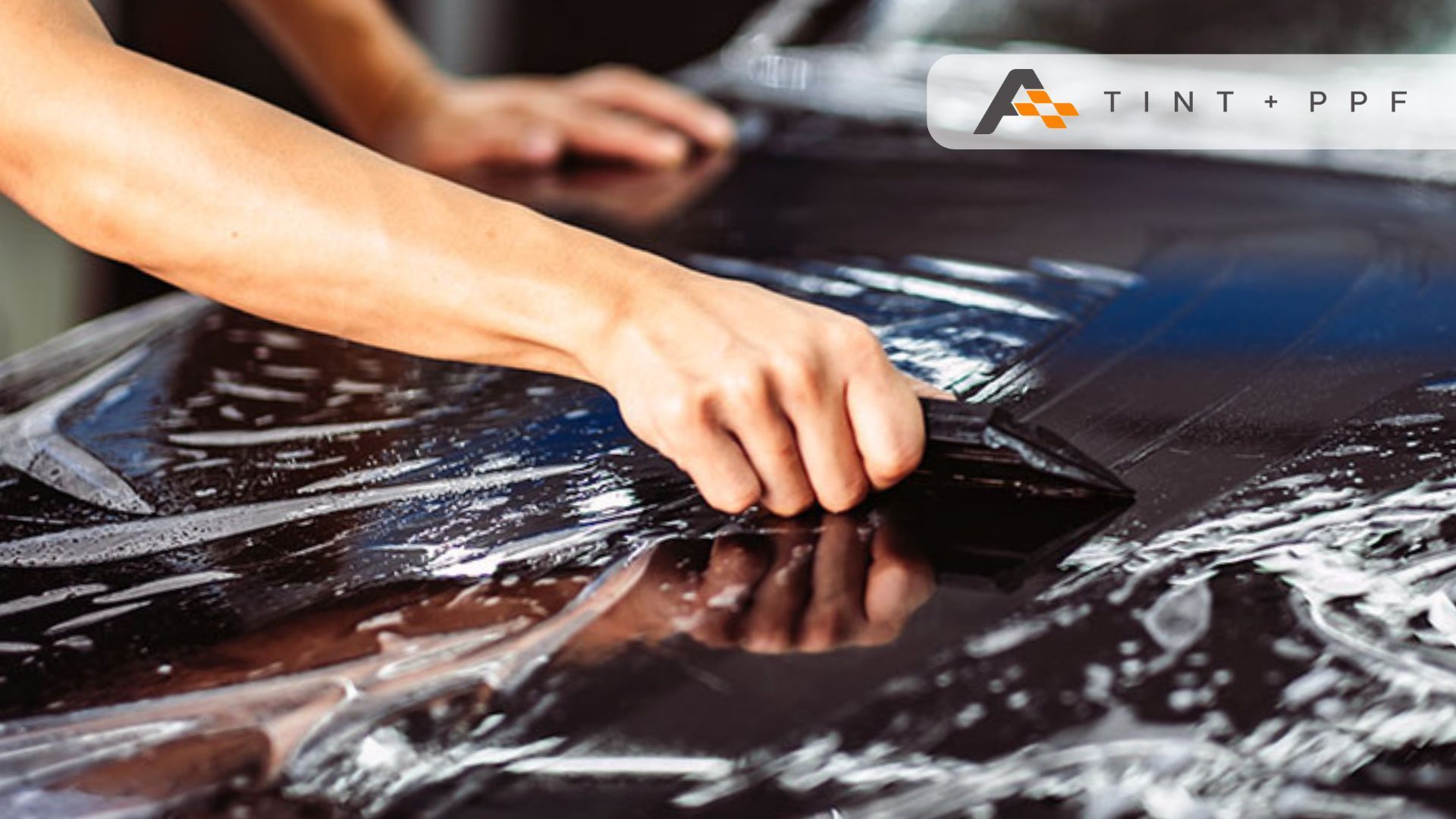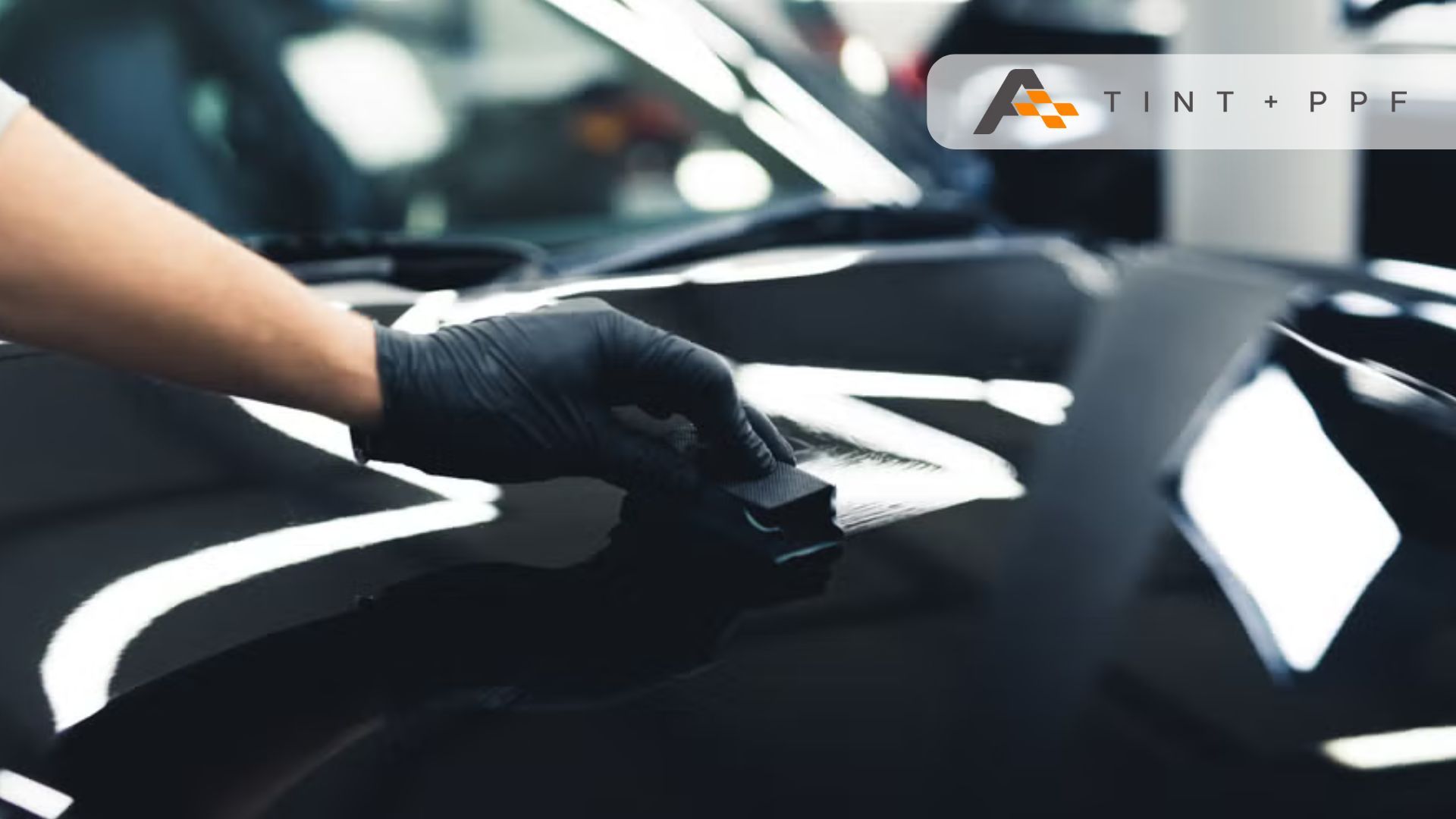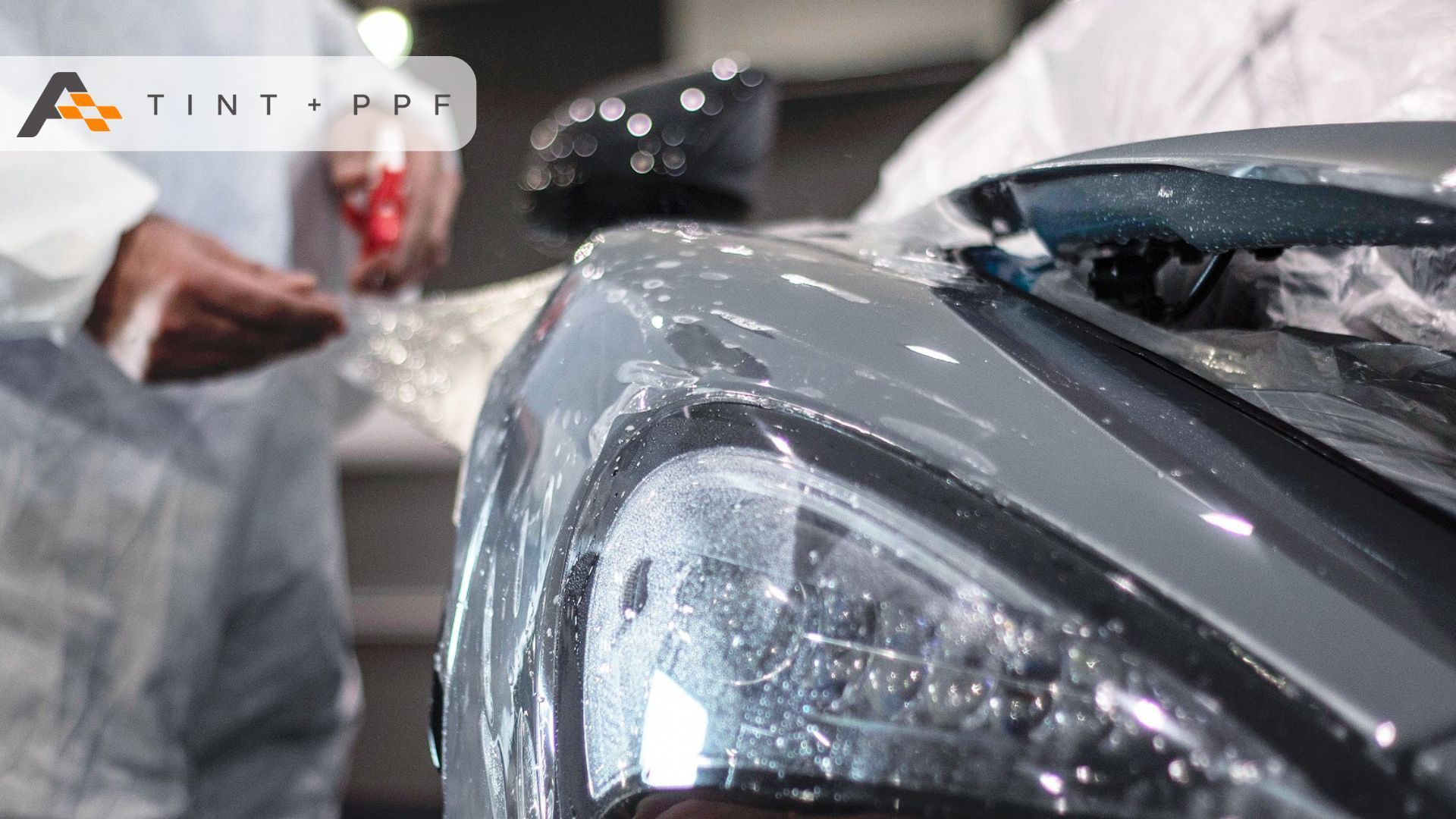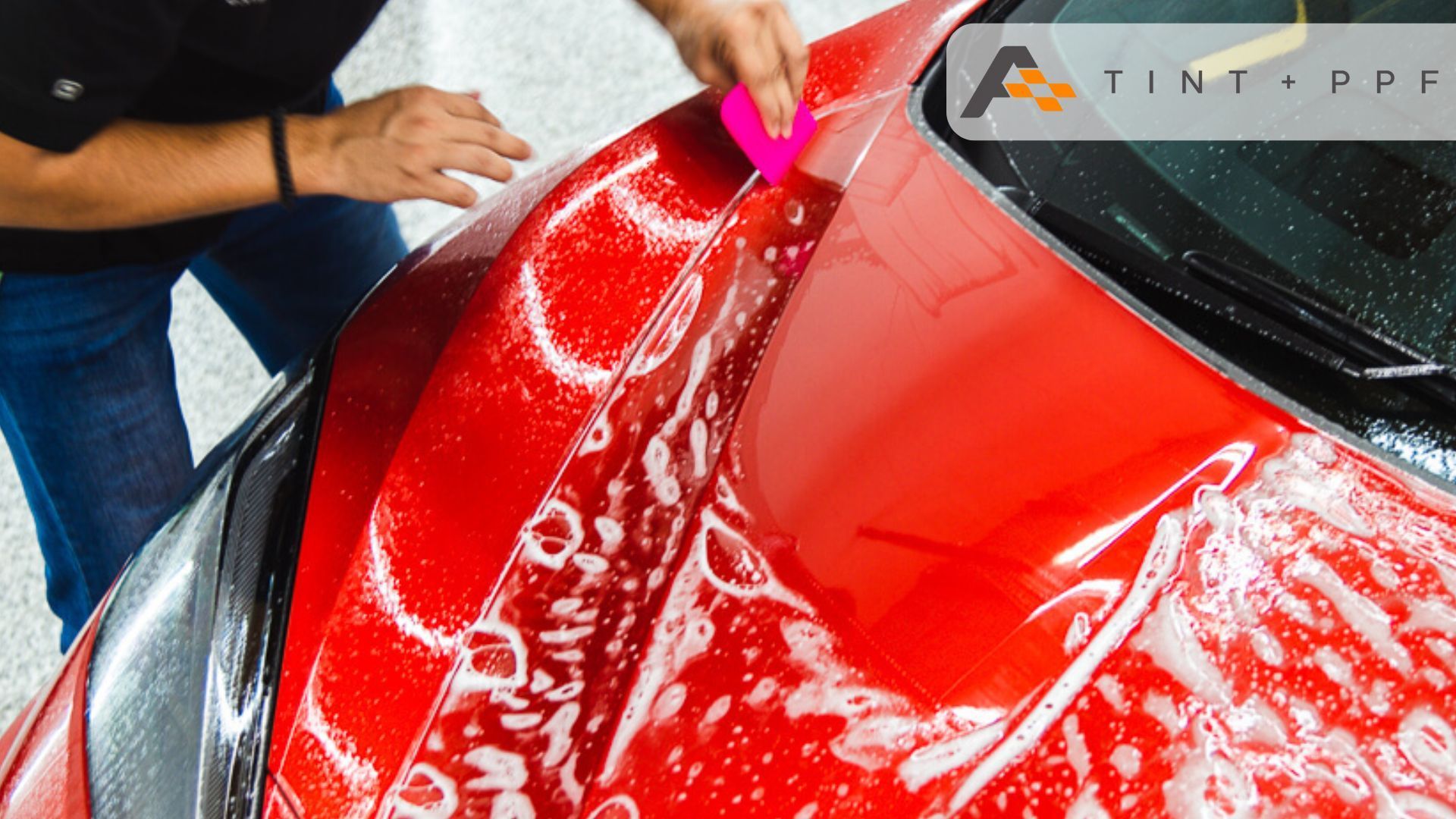At its core, window tint is a thin film applied to the interior or exterior of car windows. Its primary purposes include:
- Privacy: Reducing visibility into your car for added security.
- Aesthetics: Enhancing the overall appearance of your vehicle.
- Protection: Blocking up to 99% of harmful UV rays, which can cause skin damage and fade upholstery.
How Does Window Tint Interact with Sunlight?
The sun emits three types of rays: visible light, ultraviolet (UV) rays, and infrared (IR) rays. While UV rays are responsible for sunburn and damage to car interiors, IR rays are the main source of heat. Window tint works by filtering and reflecting these rays.
